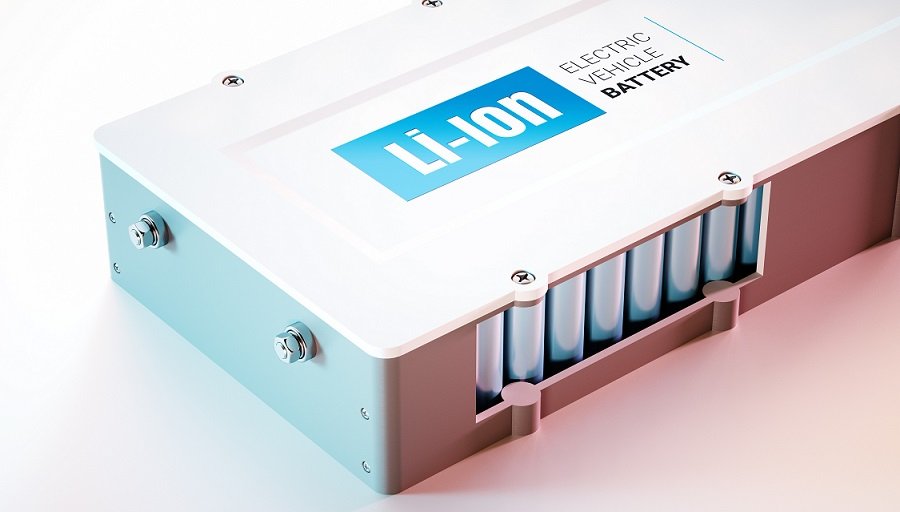China’s Ministry of Ecology and Environment on August 9 issued the Technical Specification of Pollution Control for Treatment of Waste Power Lithium-ion Battery (Trial) (HJ 1186—2021; the “Specification”) as national ecology and environment standards. It will come into effect on January 1, 2022. Here is an overview of the Specification.
Scope
- The Specification sets rules for pollution control in the treatment process of waste lithium-ion traction batteries. It may be used as technical standards for environmental impact assessment, construction work, construction completion environmental protection assessment (竣工环境保护验收), pollutant discharge permit management, etc. in construction projects related to the treatment of waste lithium-ion traction batteries.
- The Specification may be used as technical standards for other types of waste lithium-ion batteries, including energy storage batteries and primary batteries, as well as for the control of pollutants from waste disposal in lithium-ion battery production.
- The Specification are not applied to lithium-ion traction batteries that were returned within the lithium-ion traction battery quality guarantee period and are under assessment, repairment or remanufacturing.
General requirements
For environmental pollution control, these requirements regulate factory site selection, arrangement of facilities and equipment, selection of technologies and production processes, pollutant discharge, etc. of businesses that treat waste lithium-ion traction batteries.
Requirements on pollution control technologies for waste battery treatment
These requirements regulate each of the regular processes in the treatment of waste lithium-ion traction batteries, including transportation to factories, dismantling, heating (roasting), shredding, sorting and material recycling.
Requirements on pollutant discharge control and environmental monitoring
These requirements demand pollutant discharge control and environmental monitoring for gas emissions, effluents, solid waste, noise, etc. from the treatment of waste lithium-ion traction batteries.
Requirements on business management
These requirements regulate operating conditions, personnel training, and pollution monitoring and assessment of businesses that treat waste lithium-ion traction batteries.
An April 29, 2020 revision of China’s Solid Waste Environmental Pollution Control Law (固体废物污染环境防治法) introduced provisions on the extended producer responsibility (EPR) for products including automotive traction batteries. This law plays an important role in establishing a waste traction battery recycling and treatment system in a top-down manner.
China is one of the largest importers and consumers of new energy vehicles. According to statistics from a media company, 1,366,000 new energy vehicles were produced and 4,290,000 possessed in China in 2020, and traction batteries equivalent to a total capacity of 63.6 GWh were installed on vehicles as of that year. A large number of lithium-ion traction batteries are already being disposed of or in the depreciation period. More than 10 companies have already begun the treatment of waste lithium-ion traction batteries across China. Standards for pollution control in central dismantling and treatment operations need to be developed as soon as possible.
The full text of the Specification (in simplified Chinese) is available at
http://mee.gov.cn/xxgk2018/xxgk/xxgk01/202108/t20210820_858461.html.
 China issues technical standards to control pollution from treatment of EVs’ waste lithium-ion batteries
China issues technical standards to control pollution from treatment of EVs’ waste lithium-ion batteries 

























